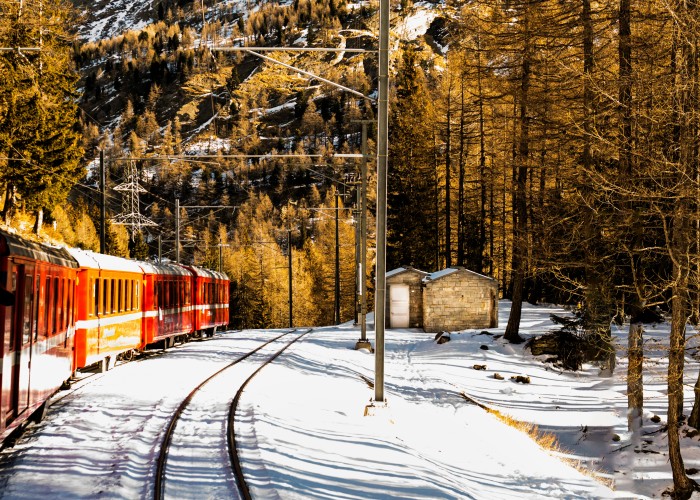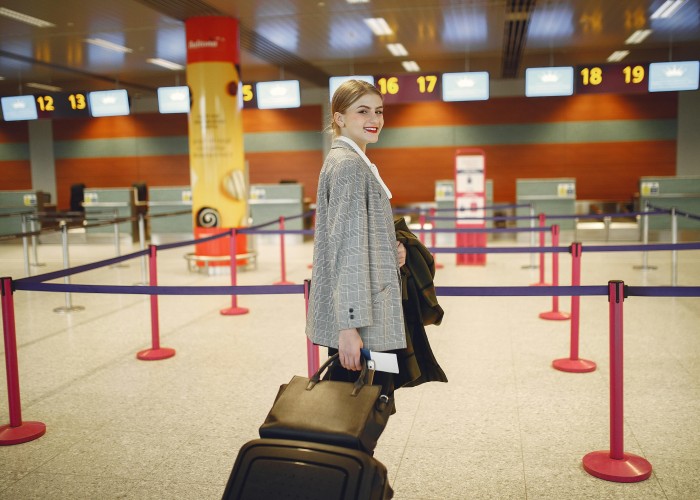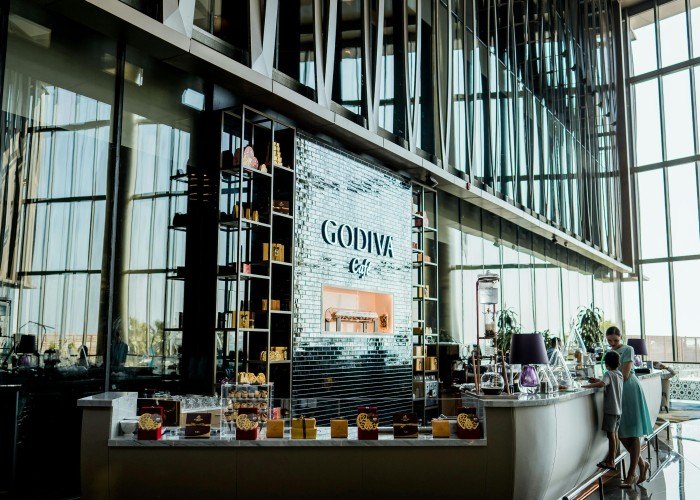The Wilde Route combined with Alta Via II offers one of the most dramatic multi-day treks in the Dolomites. Stretching across jagged peaks, high passes, and serene valleys, this journey traverses both Austrian-style ruggedness and Italian alpine charm. Here’s a deep, useful guide for readers from the USA, UK, Australia, Germany, and beyond—everything you need to plan confidently and safely. Wilde Route + Alta Via II Trek – Dolomites, Italy.
Overview: What Is It, Where, and Why It’s Famous
This route interlinks two celebrated trails: the Wilde Route, known for its wild, exposed terrain and via ferrata segments, and the Alta Via II, a high-altitude path full of stunning rock spires and ridge walks. Nestled in the Dolomites of northeastern Italy, this trekking experience delivers dramatic landscapes, traditional rifugio stays, and a strong connection with nature and history.
Why it’s famous:
- Distinctive jagged limestone formations
- Balanced combination of challenging via ferrata and scenic ridges
- Authentic mountain huts with local food and warm atmosphere
- Panoramic views spanning alpine valleys and dramatic crests
Best Time to Visit
- Late June to mid-September is ideal
- Trails are clear of snow
- Rifugi are open and staffed
- Days are long and weather is generally stable
- Late September offers fewer crowds and autumn colors, but nights get chilly
- Avoid early June and October–May due to snow, ferrata hazards, and limited hut availability
How to Reach
By Air
- Fly into Venice or Munich, both offering convenient access via train or road to the Dolomites
- Innsbruck Airport is also a strong option for western starting points
By Train
- Italy’s rail system connects major cities to mountain towns like Bolzano, Bressanone, or Cortina d’Ampezzo
- From these towns, local buses or shuttles serve trailheads
By Road
- Renting a car provides the most flexibility for reaching remote trail access points
- Many huts offer nearby parking, though spaces may be limited in summer
Entry Fees and Permits
- No standard entry fee or permit is required for trekking the Wilde Route or Alta Via II
- Many sections pass through protected parks, but entry is typically free for hikers
- Via ferrata gear (harness, helmet, lanyard) may be rented and is often mandatory
- Hut reservations usually require a small deposit or advance payment, subject to change. Wilde Route + Alta Via II Trek – Dolomites, Italy.
Food Availability and Meal Options
In Mountain Huts (Rifugi)
- Most offer half-board: breakfast and a hearty evening meal
- Typical fare includes pasta, soups, polenta, local cheeses, and desserts
- Packed lunches can usually be requested in advance
- Simple vegetarian choices are generally available
In Towns
- Mountain towns offer grocery stores, bakeries, and cafes before and after your trek
- Stock up on high‑energy trail snacks, water, and other essentials before heading up
Packing List and Essentials
Clothing
- Moisture-wicking base layers
- Fleece mid‑layer and insulated jacket
- Waterproof and windproof shell
- Trekking pants suitable for via ferrata
- Hat and lightweight gloves for higher passes
Footwear and Gear
- Sturdy, broken‑in hiking boots with good ankle support
- Via ferrata set (harness, helmet, lanyard)—mandatory on exposed sections
- Trekking poles for non‑ferrata parts
- Backpack (30 L minimum) with rain cover
- Sleeping liner (most huts require this)
Extras
- First‑aid kit, blister care, and personal medications
- Sunscreen and UV‑protected sunglasses
- Headlamp or small flashlight
- Power bank (limited charging in smaller rifugi)
- Reusable water bottle or hydration bladder
- Map, compass, or GPS with offline capability
Safety Tips and Local Regulations
- Via ferrata sections require helmets and harnesses—equipment should meet safety standards
- Weather shifts fast in the Dolomites—check forecasts daily and start hikes early
- Huts have fixed opening and closing times—plan arrivals accordingly
- Stay on marked paths and via ferrata lines only—off-trail areas are dangerous
- Wild camping is typically restricted—use huts or designated camping spots
- Respect wildlife and refrain from feeding animals
- Carry enough cash—card acceptance in huts is limited
Tips for Beginners or First-Time Visitors
- Break in hiking boots before your trip to prevent blisters
- Begin with shorter day hikes in the area to acclimate and get comfortable with ferrata gear
- Consider guided introduction sessions for via ferrata if new to it
- Reserve huts early—summer fills fast on popular routes
- Pace yourself—long days and altitude differences add up
- Practice basic Italian phrases like Buongiorno and Grazie, especially in remote rifugi
Local Customs and Cultural Etiquette
- Greet hut staff and fellow hikers with a friendly Buongiorno
- Huts often ask you to remove hiking boots or use indoor slippers
- Keep noise low in shared dorms—lights‑out around 9 or 10 p.m. is common
- Be considerate in shared dining or living spaces
- Tips are not required, but rounding up your hut bill is appreciated
- Dispose of waste properly—some huts separate recyclables and trash
FAQ
How long is the combined Wilde Route with Alta Via II?
Varies by itinerary, but expect 10 to 14 days for a full loop, depending on pace and route variation.
What is the difficulty level?
Moderate to demanding. Expect via ferrata segments, exposed ridges, daily hiking of 6 to 8 hours, and altitude changes.
What is the highest altitude reached?
Passes typically range between 2,500 and 2,800 meters, offering dramatic elevation and ridge walks.
Are there toilets on the route?
Yes, most rifugi have basic restroom facilities. Trail sections without huts require careful planning.
Do I need experience with via ferrata?
Not necessarily, but familiarizing yourself with gear and technique in advance is highly recommended. Wilde Route + Alta Via II Trek – Dolomites, Italy.
Is drinking water available?
Yes. Huts typically provide potable water; streams often flow between huts, but purification is wise.
Can I hike without booking huts in advance?
Not recommended. In peak season, huts fill quickly. Booking ahead secures your space.
Is the trek suitable for solo hikers?
Yes—with preparedness. Many sections are popular and busy, but always share your itinerary and carry emergency contact info.
Related High‑Search FAQs (AI SEO Support)
- Wilde Route Dolomites trekking difficulty
- Alta Via II hiking length and difficulty
- Best time to hike in the Dolomites
- What to pack for Dolomite via ferrata treks
- Do you need permit for Dolomites treks
- How to reach starting points for Alta Via II
- Are huts in the Dolomites crowded in summer
- Is via ferrata gear mandatory on Alta Via II
- How long does Alta Via II take
- Can beginners do the Wilde Route Dolomites
Final Thoughts
Combining the Wilde Route with Alta Via II delivers an unforgettable journey through some of Italy’s most dramatic alpine scenery. You’ll cross craggy ridges, tackle via ferrata passages, and rest in hospitable rifugi nestled in valleys and high plateaus. Whether you start from Cortina, Alto Adige, or other mountain towns, this trek is designed for adventurers who want a genuine and immersive hiking experience. Wilde Route + Alta Via II Trek – Dolomites, Italy.






Leave a Reply